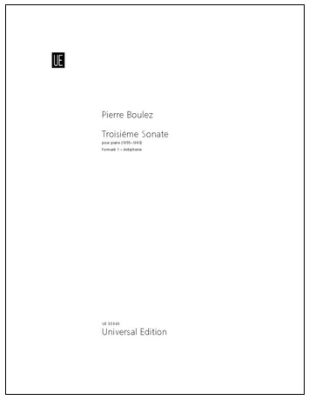Opens in a new window
Universal Edition Troisieme Sonate: Formant 1: Antiphonie - Boulez - Piano - Score/Parts
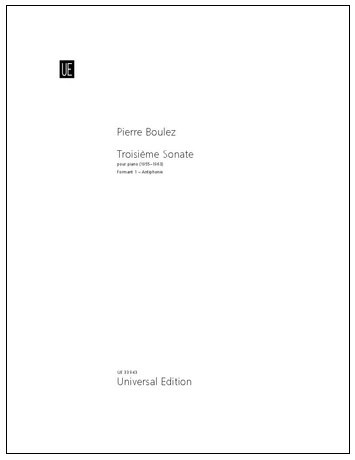
Additional Photos:
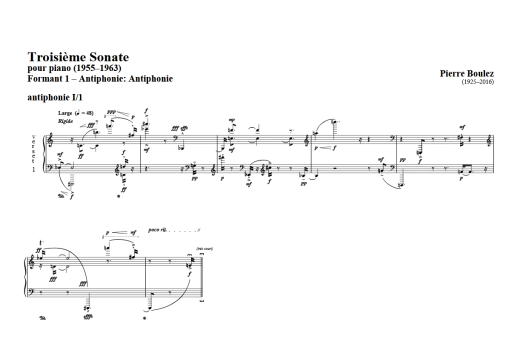
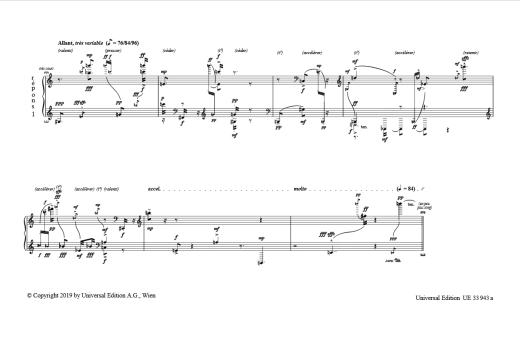
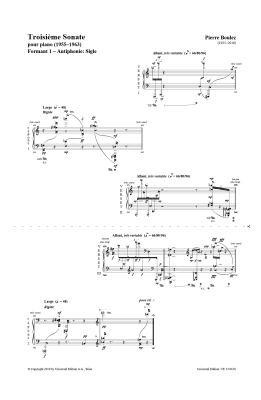
- Author/Composer:
- BOULEZ, PIERRE
- Instrumentation:
- PIANO
- Model #:
- UE33943
Format: Score and Parts
Instrumentation: Piano
The composition of the "Troisieme Sonate" was begun by Pierre Boulez in 1957 and continued until 1963, when he stopped working on it for various reasons. Some parts are fully completed, while others remained incomplete. The sonata was supposed to include five movements called "formants": 1st Antiphonie, 2nd Trope, 3rd Constellation - Miroir, 4th Verse and 5th Sequence.
The first movement "Antiphonie" exists only in an incomplete form. The four existing parts are "Antiphonie I", "Antiphonie II", "Sigle" and "TRAIT INITIAL / premier trait median." Boulez examined these parts several years ago at the Paul Sacher Foundation. With his consent, they were authorised to be summarized and prepared for publication. According to the composer's will, Robert Piencikowski, the now retired curator of the Boulez Collection at the Paul Sacher Foundation, served as editor. The context of the four existing parts and their performance options are described in detail in the supplement.
Q & A
There are currently no questions for this product.
Reviews
There are currently no reviews for this product. Be the first to write one!



